Behind the Label: Decoding the Origins of Aupen Bags

In today's world, where social media influence reigns supreme, it’s not uncommon for new brands to seemingly explode overnight, gaining traction among A-list celebrities and influencers. One such brand that recently caught my eye was Aupen—a two-year-old label that’s been flaunted by big names. But something about the story didn’t sit right with me, so I decided to dig deeper.
DISCLAIMER: This is an UNSPONSORED review. I purchased all of these products myself and am not affiliated with the brand mentioned in any way. All statements and expressions made about the products are solely the opinion of Tanner Leatherstein and are not meant to be conclusive or definitive. The purpose of this video is for informational and educational purposes only. We recommend that as a consumer, you exercise your due diligence and research on the products before adopting the opinion of Tanner Leatherstein.
What's Inside?
The Initial Suspicion
When I first stumbled upon Aupen, my curiosity was piqued by how rapidly it gained popularity. The brand had no physical stores, yet it was being carried by celebrities who typically don’t spend their time browsing niche online retailers. My initial thought was that there had to be a significant PR budget behind this brand’s meteoric rise. After all, it's rare for a brand without a physical presence to make such waves, especially in the circles of A-list celebrities.
But as I delved further, a couple of facts caught my attention that only fueled my suspicions.
The Enigmatic Design Collective and a Sudden Goodbye
The first thing that struck me as odd was Aupen’s declaration of being an anonymous design collective. In an industry where branding is everything, this level of secrecy felt unusual. The mystery surrounding the creators, reminiscent of Bitcoin’s Satoshi Nakamoto, suggested that there might be more strategic psychological tactics at play here, designed to manipulate consumer behavior and create buzz.
The second red flag was their announcement on May 10, 2024, stating that they were bidding farewell because their design team was going on a break. This move caused chaos among their early followers, leading to a rush of last-minute purchases as people feared missing out on what could be the last of Aupen’s creations. It was a clever tactic—creating urgency and exclusivity—but it only reinforced my belief that a mastermind was orchestrating this brand’s rise with precision and intent.
Investigating the Hype: Ordering the Aupen Fearless Re-edition Bag
With my suspicions growing, I decided to investigate further by ordering one of Aupen’s popular bags—the Fearless Re-edition in leather, which I believe is now discontinued since it's not in their website anymore. Aupen had recently shifted from using vegan leather, essentially a plastic derivative, to real calfskin leather in early 2024. Given Singapore's reputation for high living costs and the absence of a strong leather crafting tradition, the $340 price tag for a real leather bag seemed too good to be true.
When the bag arrived, I was impressed at first glance. The craftsmanship was solid, the design was sleek, and the leather felt premium. However, something didn’t add up. The bag, which was proudly advertised as "Made in Singapore," bore no such label—no country of origin was marked at all. This struck me as particularly odd, given that Singapore-made products usually carry a premium and are marked as such.
Hiring a Private Investigator: Uncovering the Truth Behind the "Made in Singapore" Claim
Determined to uncover the truth, I decided to investigate Aupen’s claim that their bags were made in Singapore. Instead of flying there myself, I hired a private investigator to dig into the leather crafting industry in Singapore—a country not known for such a trade.
While waiting for my investigator's findings, I dissected the bag to see if I could uncover any clues. The engineering of the bag was impressive, with thoughtfully chosen materials and masterful craftsmanship. To confirm the quality of the leather, I conducted an acetone test, which revealed a minimal, high-quality semi-aniline finish over full-grain calfskin—a clear sign of premium leather.
However, the absence of a "Made in Singapore" label continued to bother me. Around this time, I received an unexpected email from Aupen’s PR team. They noticed I had purchased one of their bags and wanted to participate in my "Rip My Bag Challenge" by having me review one of their "real" leather bags. This confused me, as I was pretty sure I ordered and received a real leather bag that was made from calfskin. So, why did they think I had received a PU (polyurethane) version instead?
A Conversation with Aupen's PR Team: More Questions than Answers
I scheduled a quick call with Aupen’s PR team to clarify these points. During the call, I asked if the celebrity endorsements were organic or part of a paid partnership. They assured me it was entirely organic and that they were just as surprised by the celebrity attention. When I inquired about the manufacturing location, they confirmed multiple times that their bags were indeed made in Singapore by a small team of ten artisans.
This explanation raised more questions than it answered. If their bags were genuinely made in Singapore—a country with one of the highest costs of living in the world—how were they able to sell them at such low prices? Furthermore, why did their initial email claim I had received a PU bag when I had clearly ordered leather? They attributed this to an oversight, but I couldn’t shake the feeling that something was off.
I also asked about their "goodbye" announcement, which had caused such a stir among their followers. The PR team explained that it was meant to celebrate the departure of one of their original design team members and that they had been surprised by the market’s reaction. Despite this, they kept the announcement on their website for months, which seemed like an odd move for a brand supposedly continuing operations.
The Private Investigator's Report: Disappointing Results
Finally, my private investigator’s report came in. It was disappointingly shallow. They had surveilled Aupen’s office location for several days and observed a team of 10-15 members working on marketing, PR, and operations. One team member, when approached undercover, was passionate about fashion but had no knowledge of where the bags were made. The brand was owned by a company managed by two Singapore citizens, but beyond that, the investigator could not confirm any production operations in Singapore.
The private investigator assured me that everything they did was legal, just for the record.
Digging Deeper: Unraveling the Truth
Taking matters into my own hands, I revisited Aupen’s website and took a closer look at their "Made in Singapore" page. The images they used to depict their supposed manufacturing facility included a building and a craftsman working on a belt. Curious, I downloaded the image and performed a reverse image search. The results were startling.
The building turned out to be a business center in Singapore, not a manufacturing facility. Further searches led me to a company called Crockohdial PTE Ltd, which specializes in exotic leather goods and offers prototyping and repair services. The workshop images on Crockohdial’s website bore a striking resemblance to those on Aupen’s site—same workbenches, same vibrant-colored cups, and even the same type of belt repair.
To confirm my suspicions, I contacted Crockohdial under the guise of needing a partner for prototypes and production. When I mentioned Aupen, the representative confirmed that Aupen used to work with them, but the conversation didn’t go any further. This suggested that while Aupen may have collaborated with Crockohdial in the past, they were not currently manufacturing their bags there—or maybe anywhere in Singapore, for that matter.
The Final Clue: Tracking the Package
One last piece of the puzzle remained—the shipping label on the box I received from Aupen. To my surprise, there was no "from" address listed. I decided to track the shipment on the UPS website and discovered that it originated from Guangdong, China—a well-known leather manufacturing hub. This revelation somehow made sense given the bag’s price point. If it were truly made in Singapore, the cost would be on par with, if not higher than, bags made in France or Italy due to the high cost of living in Singapore.
Aupen’s website listed several strategic warehouse locations around the globe, including the USA, Canada, the UK, and China. But for a brand with a small production capacity, this many warehouses seemed excessive. Moreover, it made little sense to manufacture bags in Singapore and then ship them to China for storage and distribution. This further cemented my suspicion that Aupen’s manufacturing claims might not be entirely truthful.
Conclusion: A Smoky Operation
Despite my best efforts, I couldn’t definitively prove where Aupen’s bags were made. However, all the clues pointed to a less-than-transparent operation. The lack of a "Made in Singapore" label, the misleading images on their website, and the shipment originating from China all raised serious doubts about the brand’s authenticity for me.
While Aupen’s PR team was professional and kind, the discrepancies I uncovered made it hard to take their claims at face value. There’s no denying that Aupen has mastered the art of marketing and creating hype, but the truth behind their manufacturing process remains murky at best. For now, I remain skeptical of Aupen’s claims and suggest that consumers approach the brand with caution.
Update: Did My Investigation Cause Aupen to Update Their Website?
On October 3, I published a shorter version of my investigation video about Aupen, the leather goods brand that’s been claiming all their products are "Made in Singapore." Four weeks ago, I released the longer version on my YouTube channel, where I dug deep into their claims and found signs that their bags might actually be made in China—though I couldn't fully prove it. Since then, I’ve been keeping tabs on their website, and things have gotten even more interesting.
First, the page where they explained their "Made in Singapore" claims quietly disappeared. And then, while recording an update, I discovered their entire website was locked behind a password-protected mode! Fast forward to today, and now a new version of their site has gone live—complete with some major changes. Notably, the founder’s name is finally out in the open, but there’s no mention of Singapore as their manufacturing location anymore.
I’m excited to see this new level of transparency from Aupen. Maybe they’re ready to be more upfront about where their products are really made. I'll definitely be keeping a close eye on their progress, especially since I still love the bag I got from them—it was great value for the price!




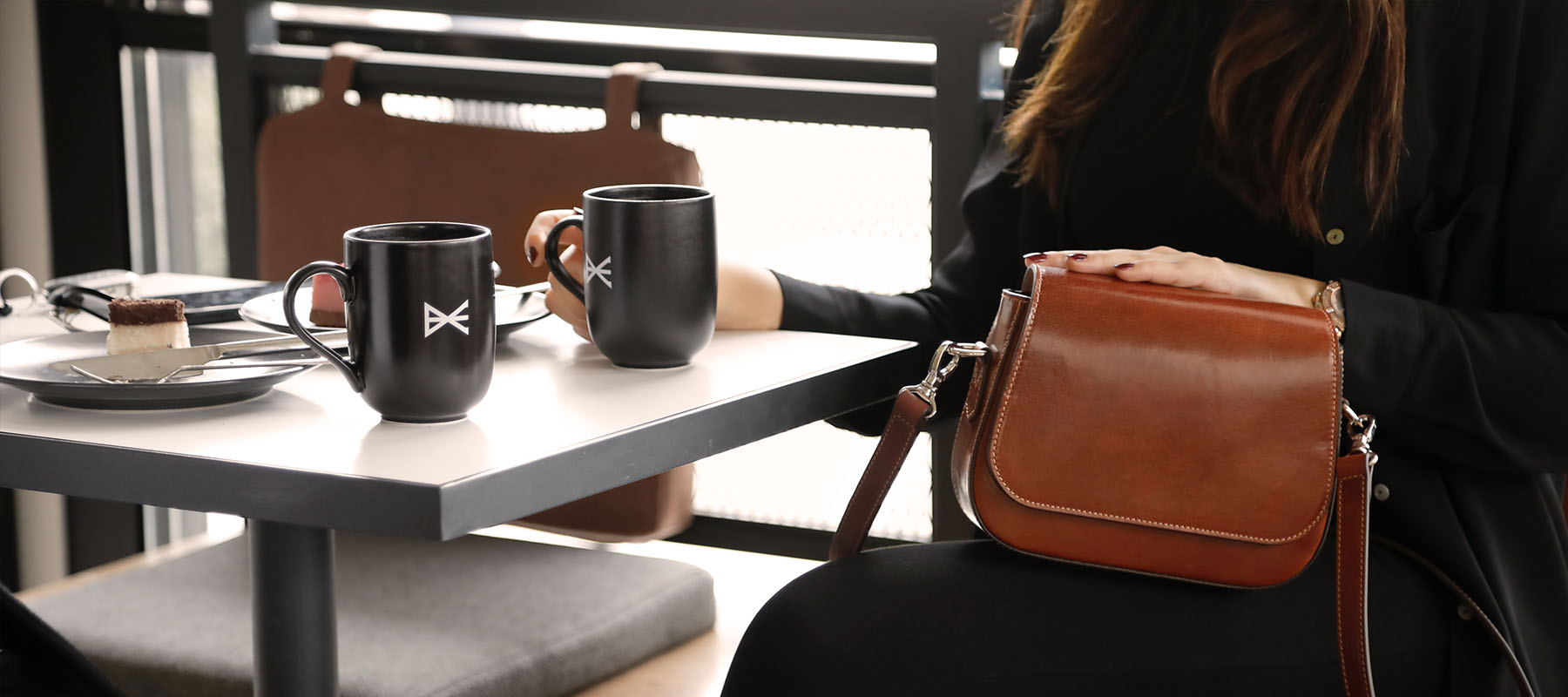
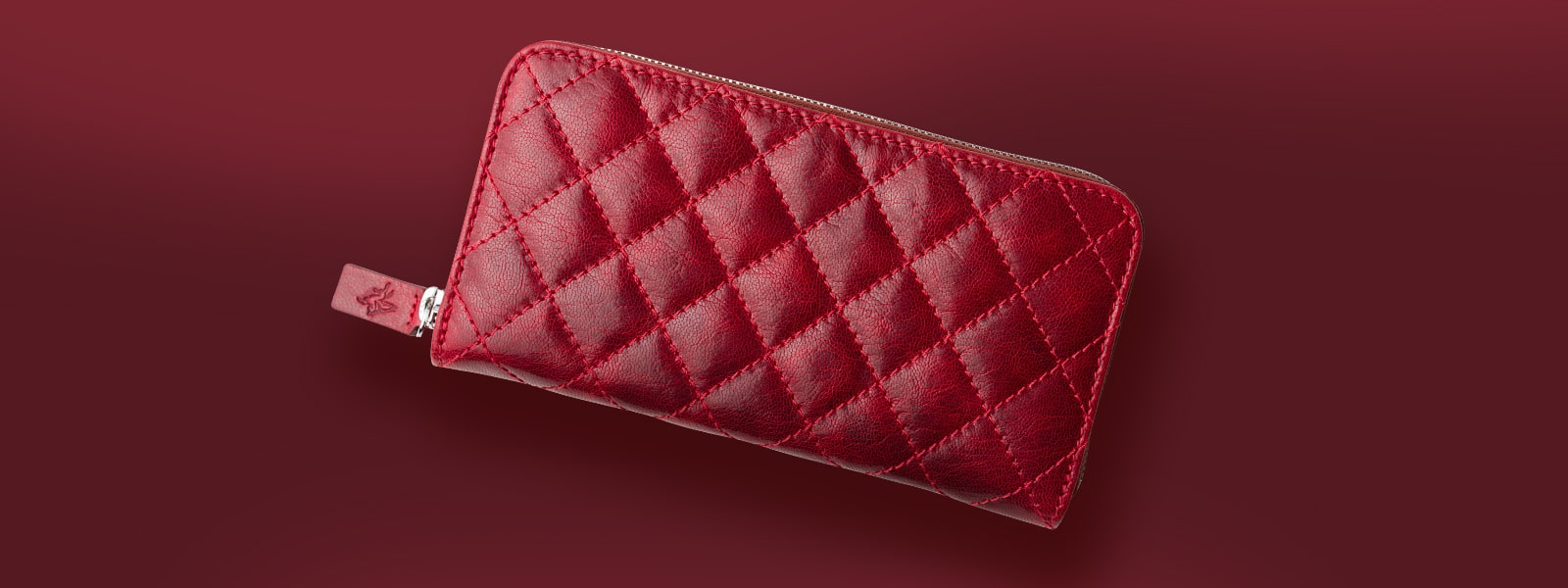
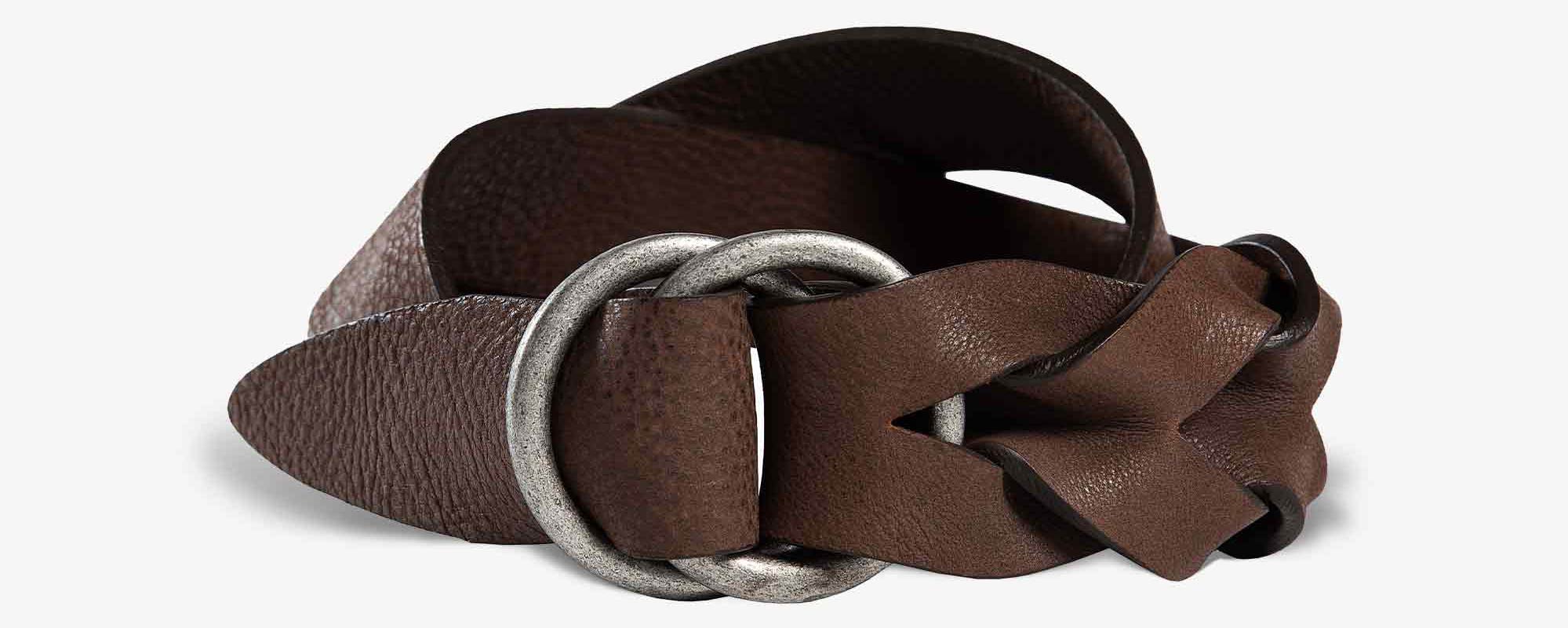
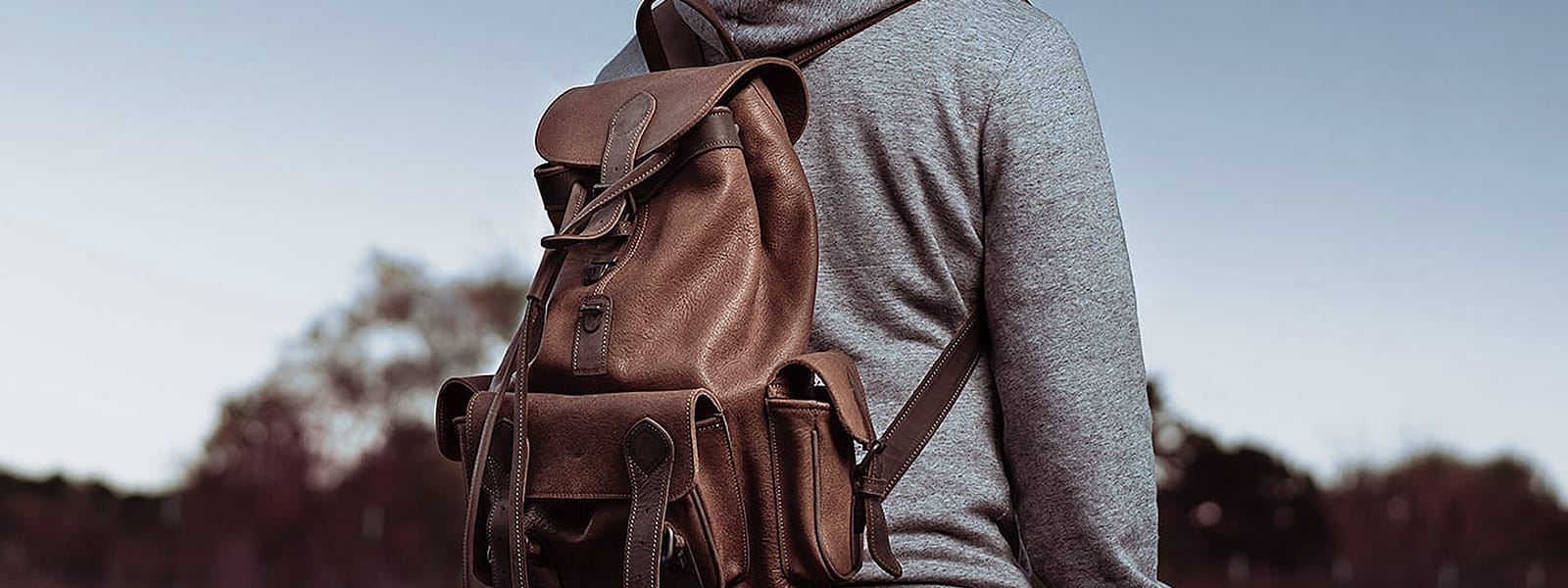
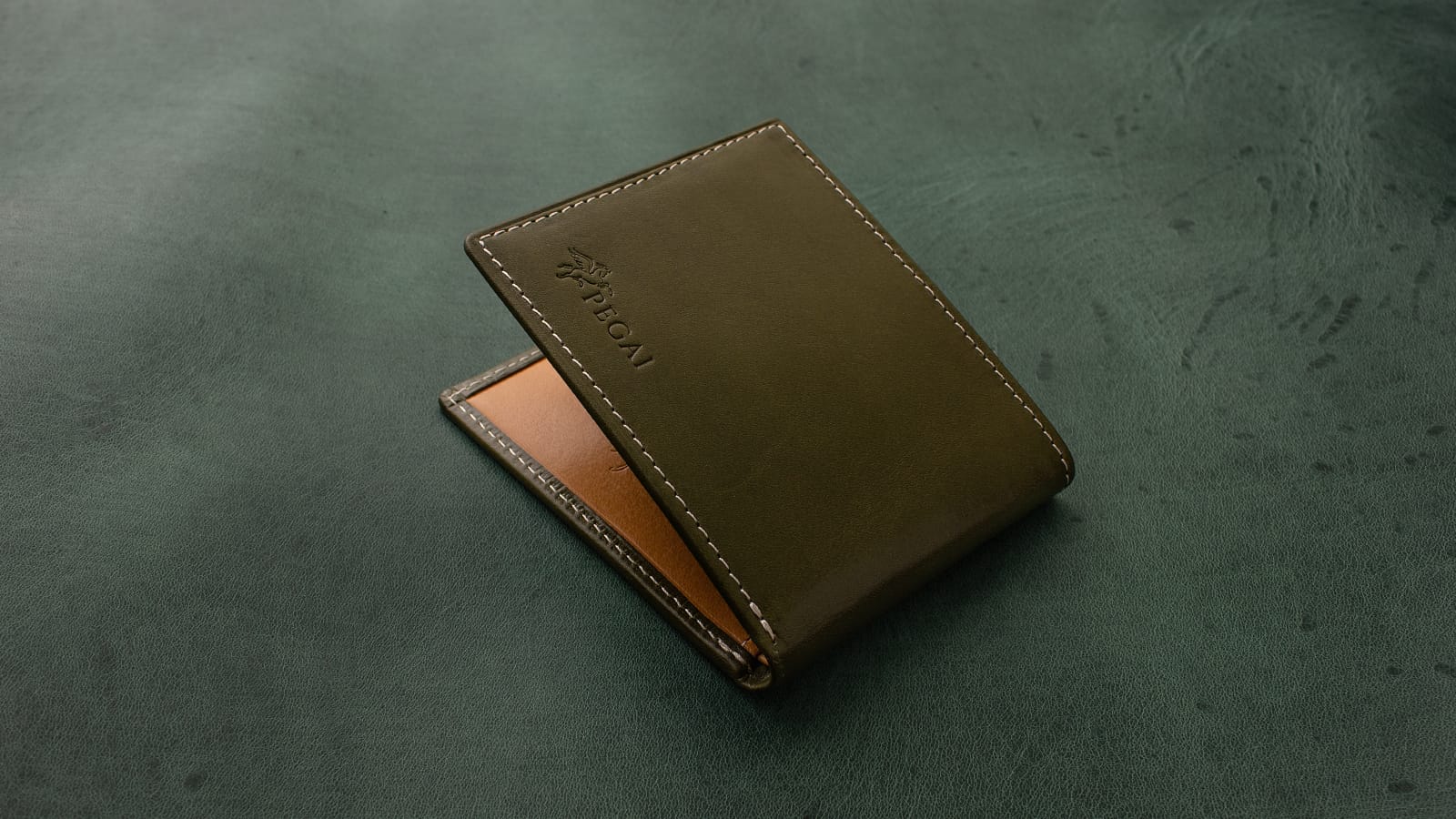
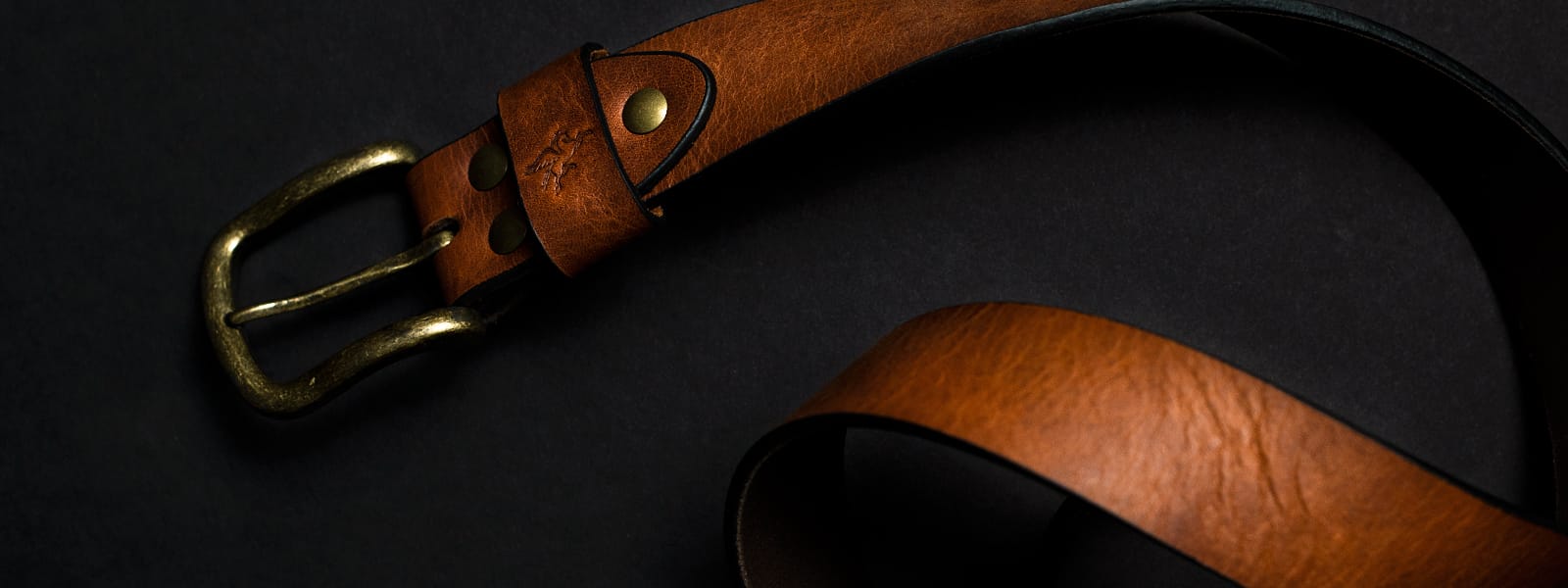
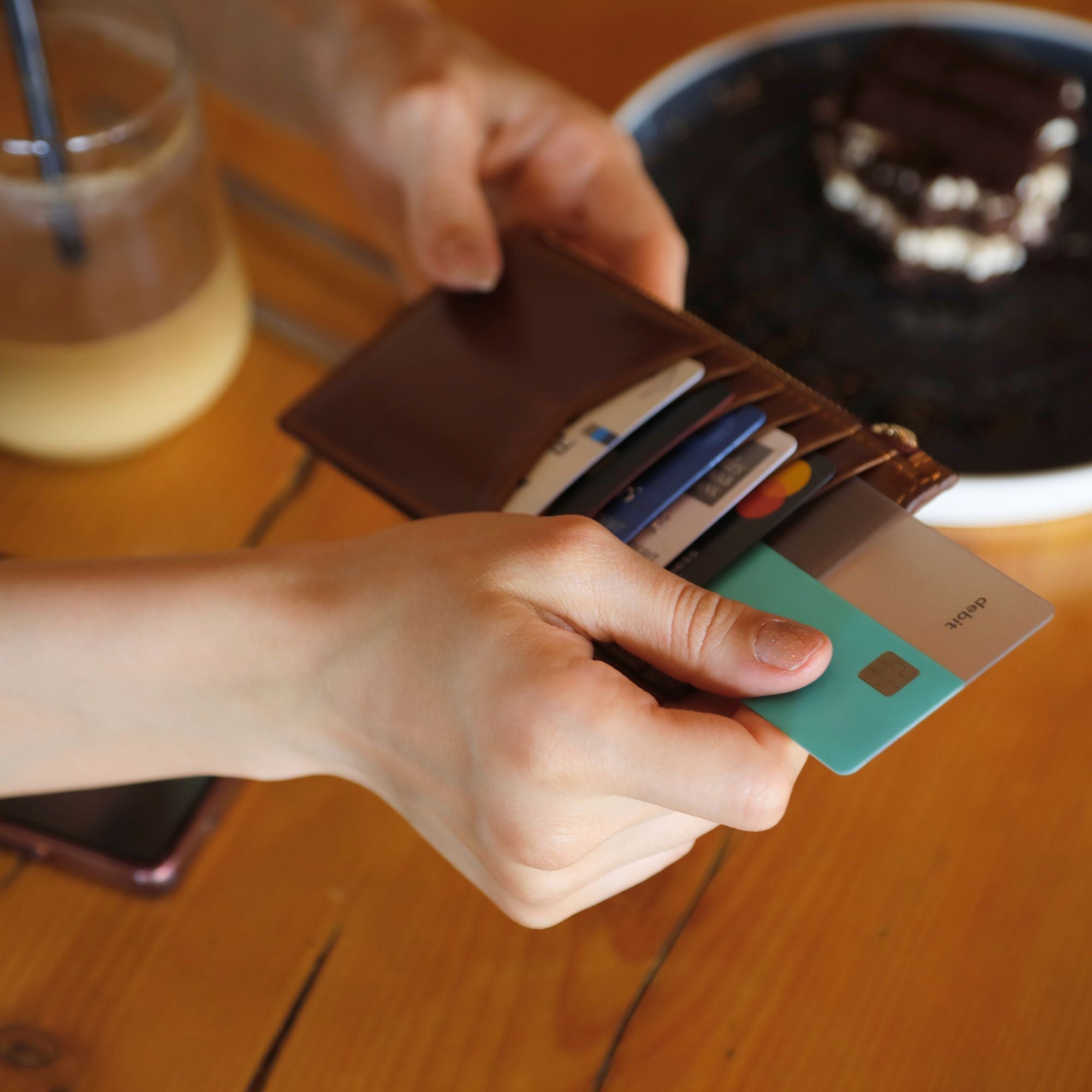
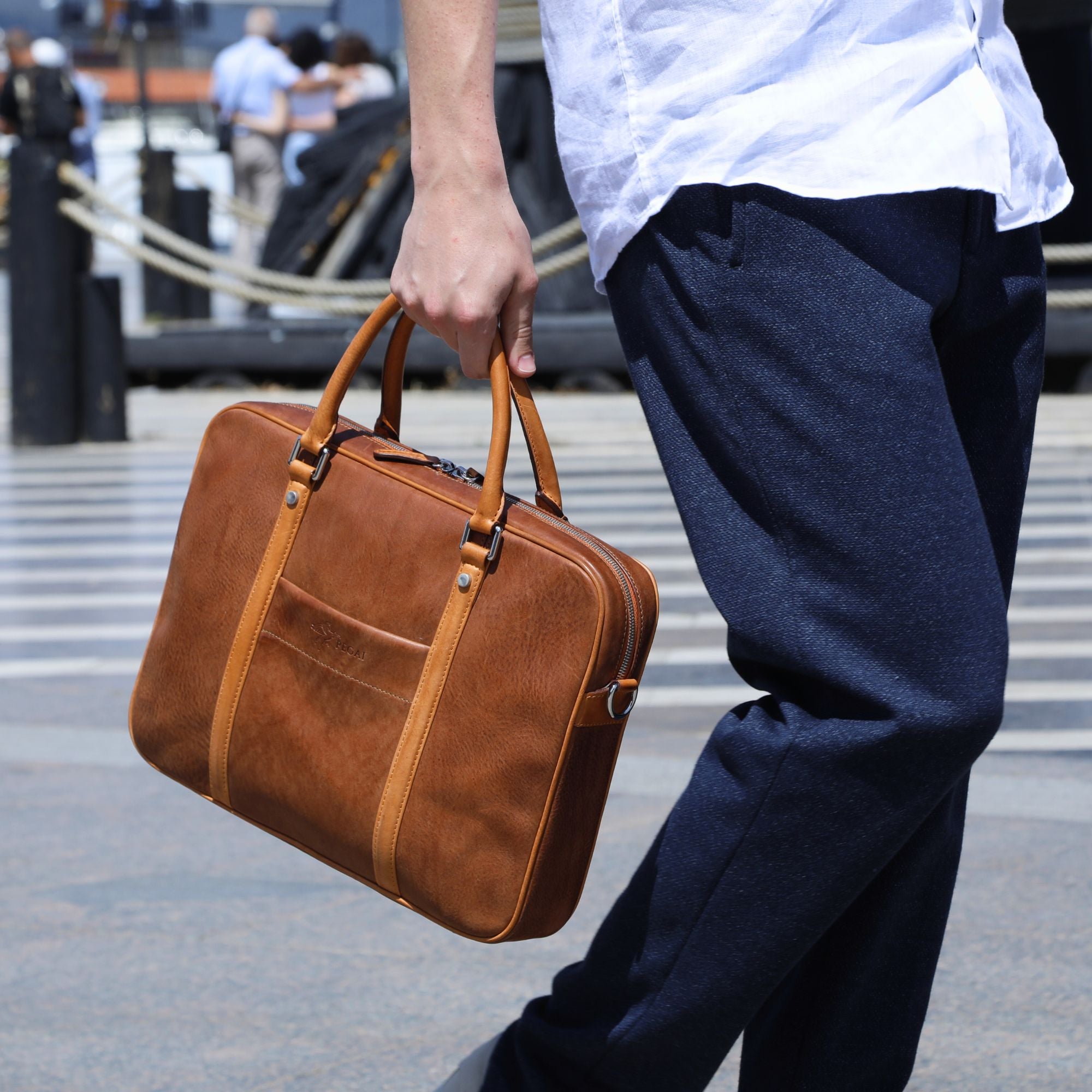
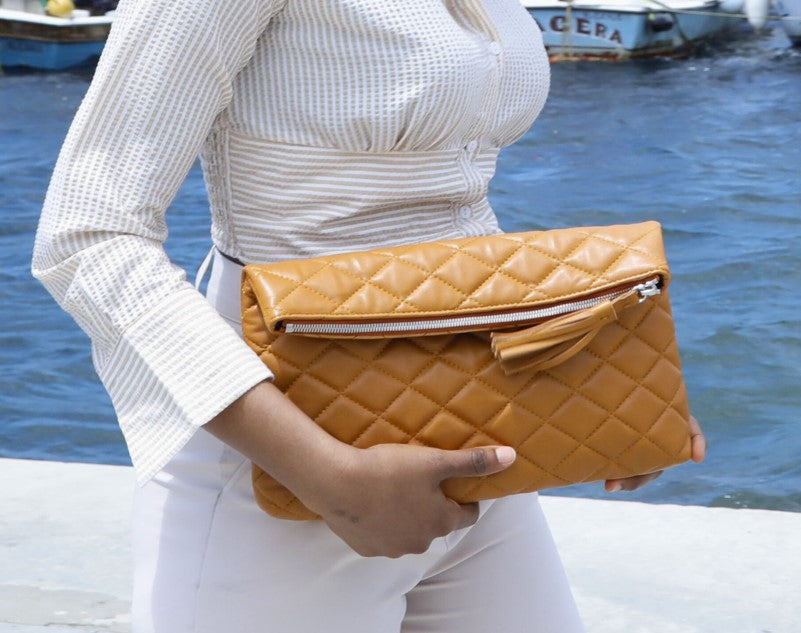
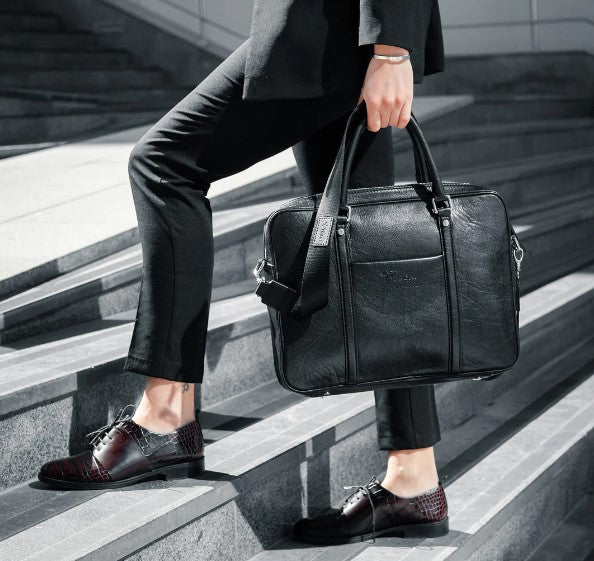
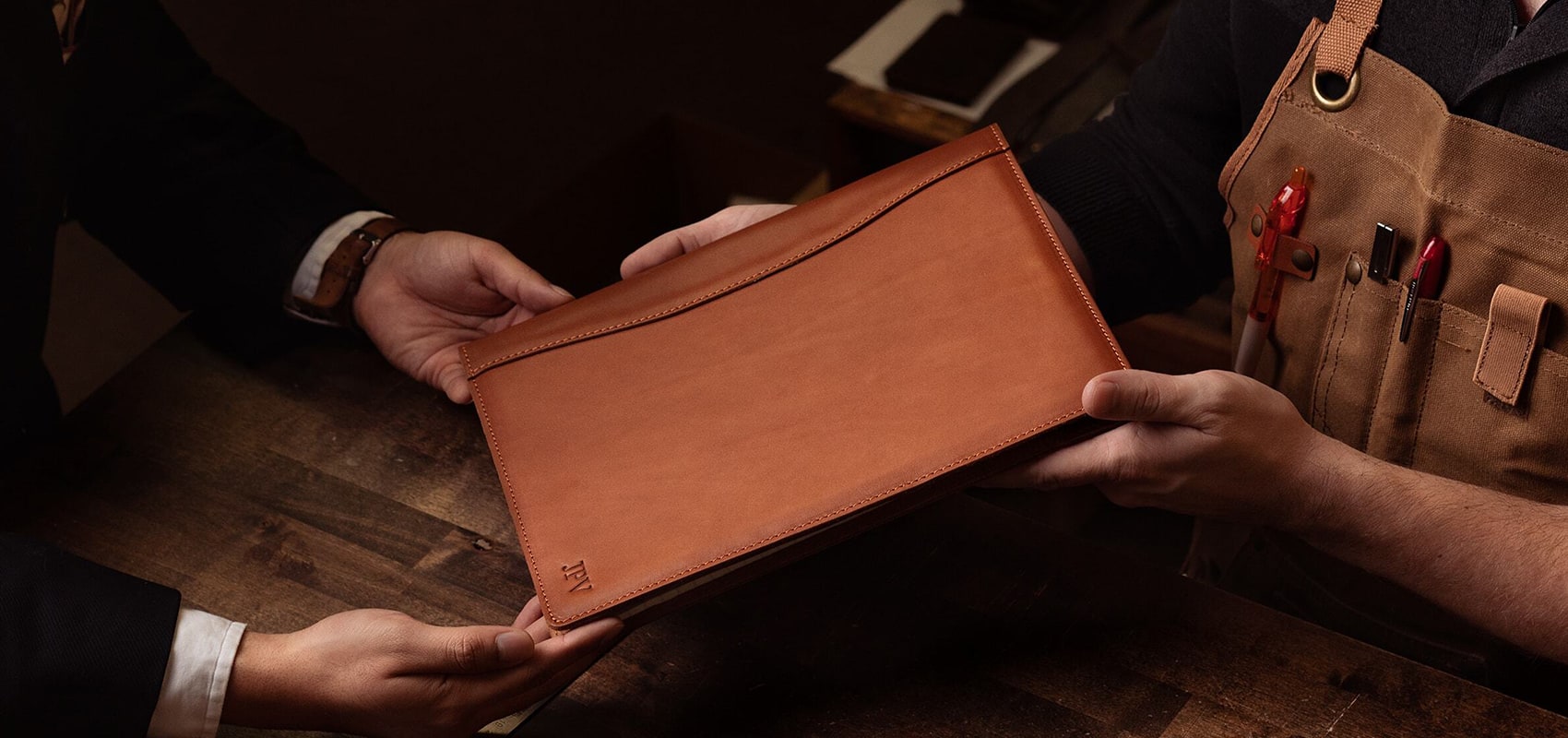
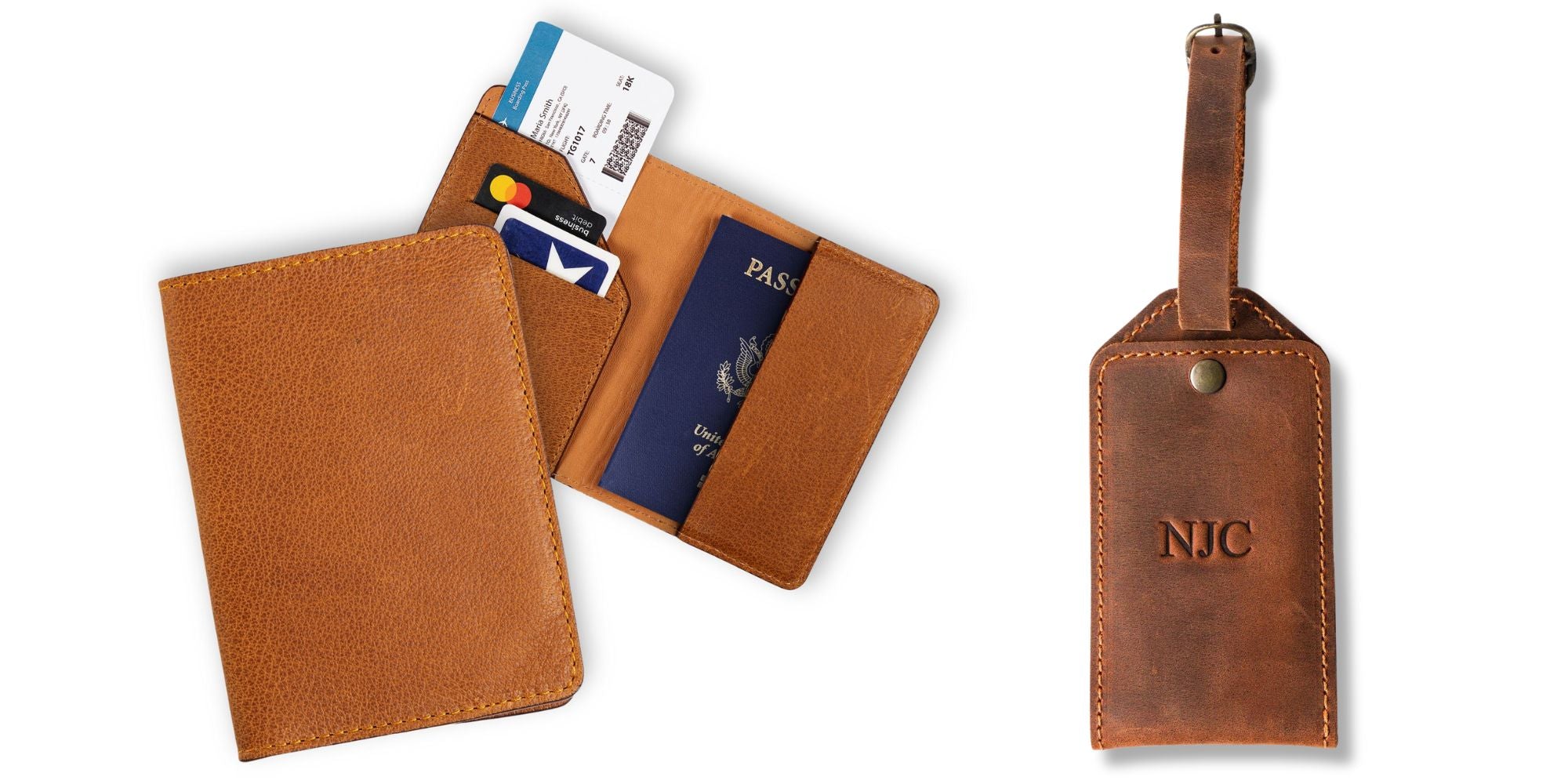
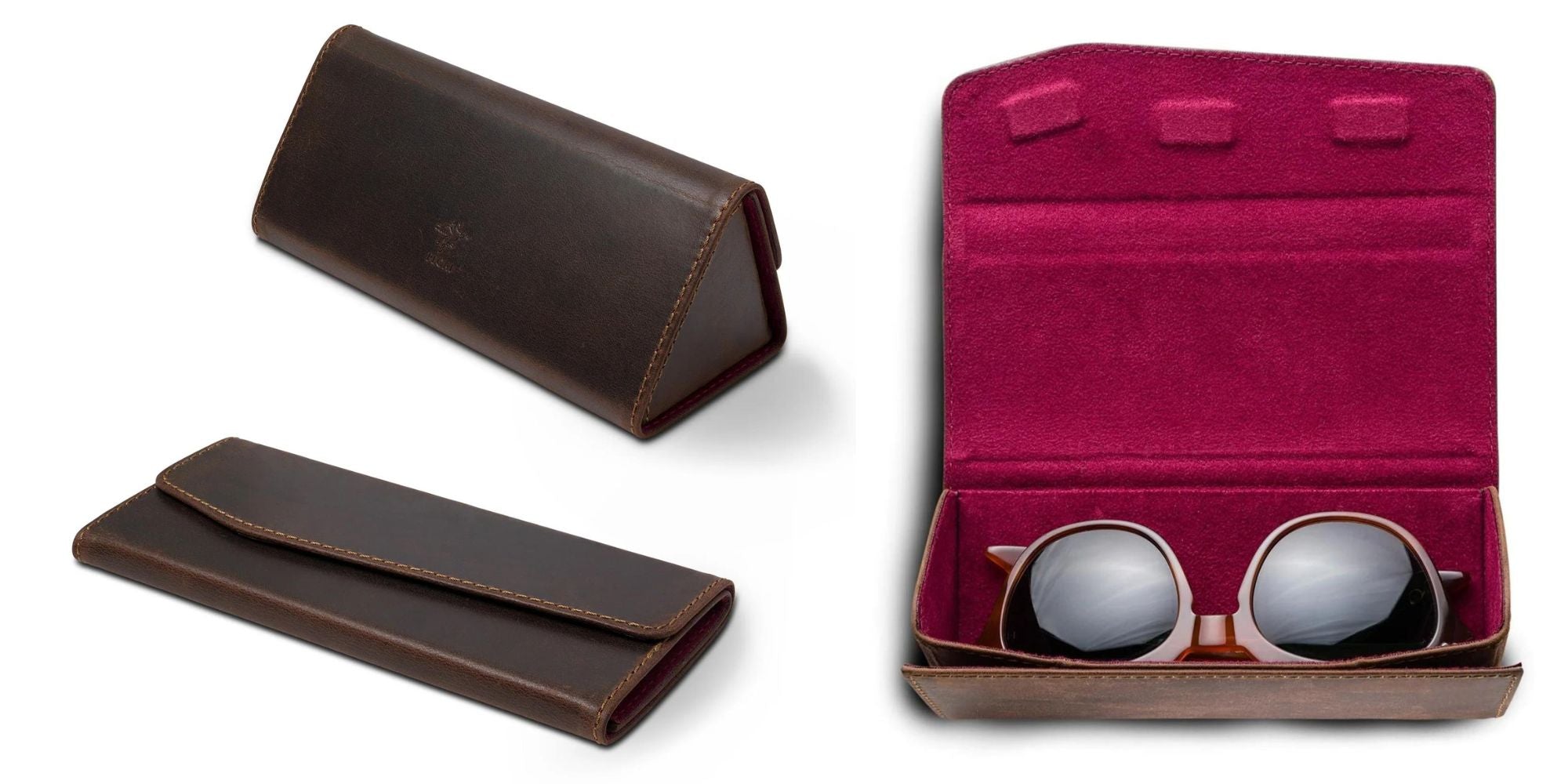








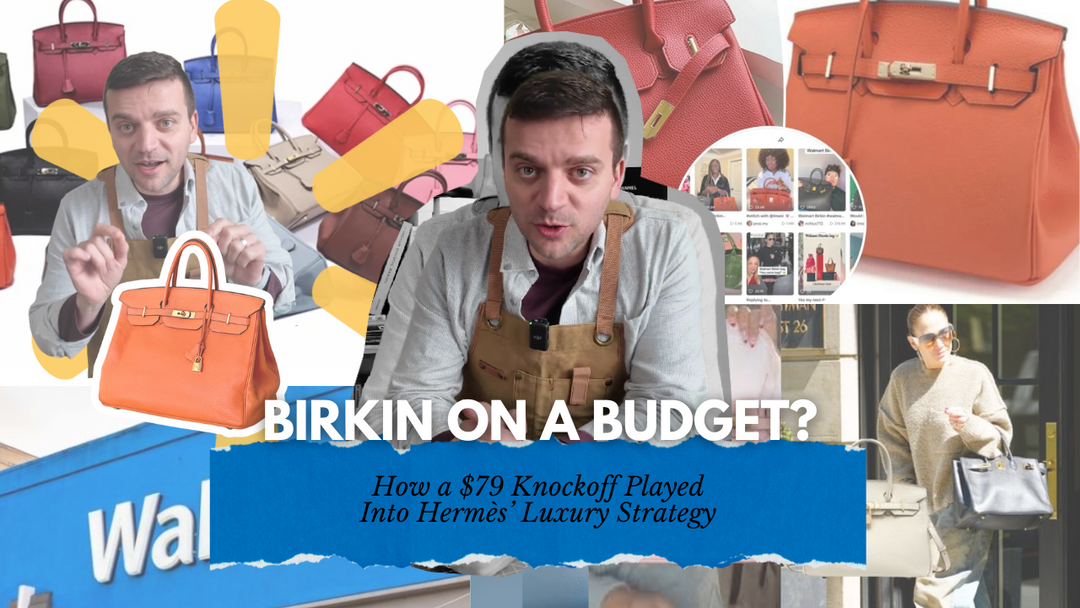
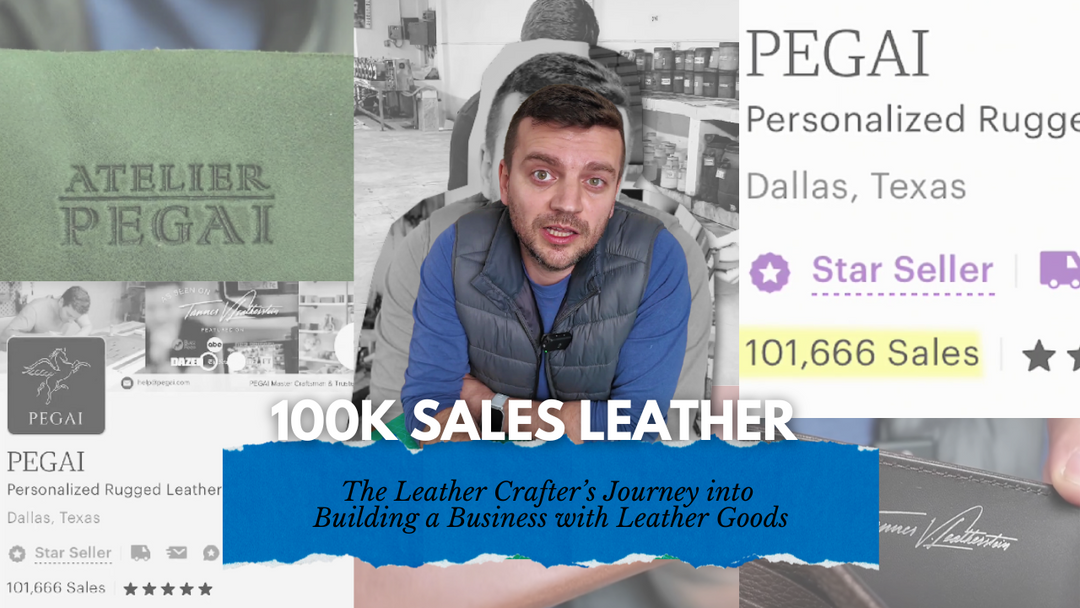
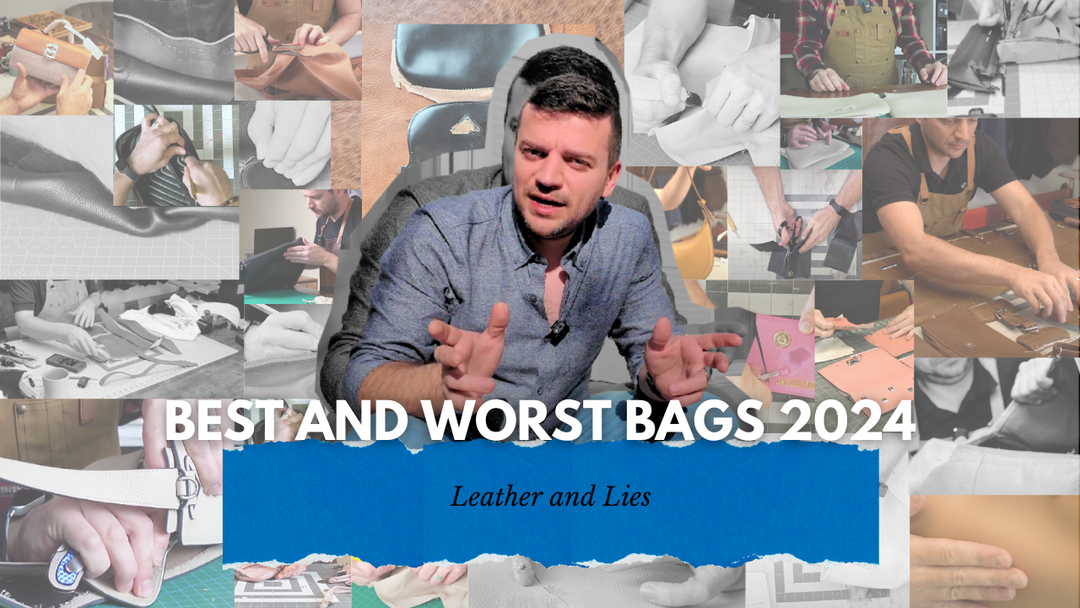
Leave a comment